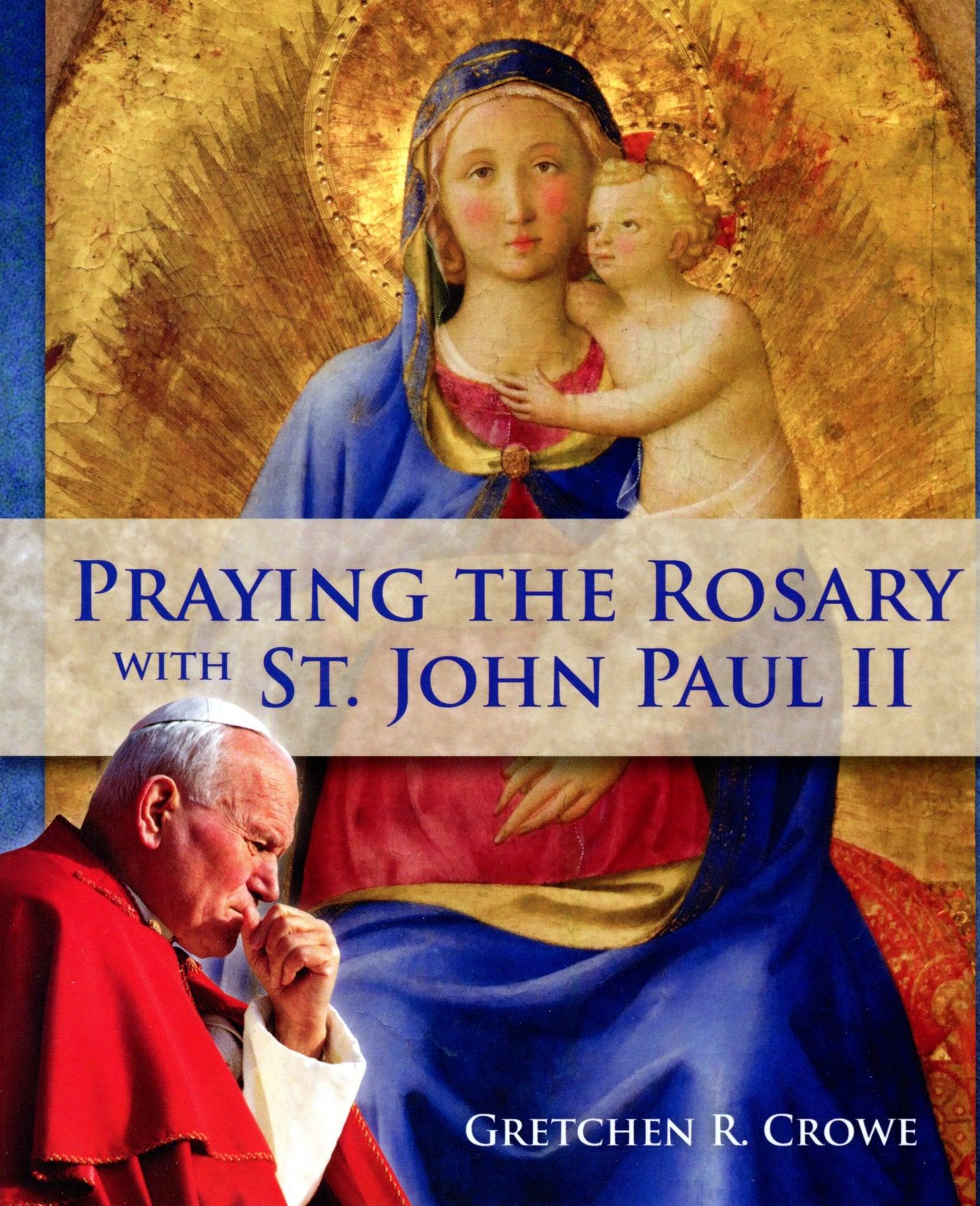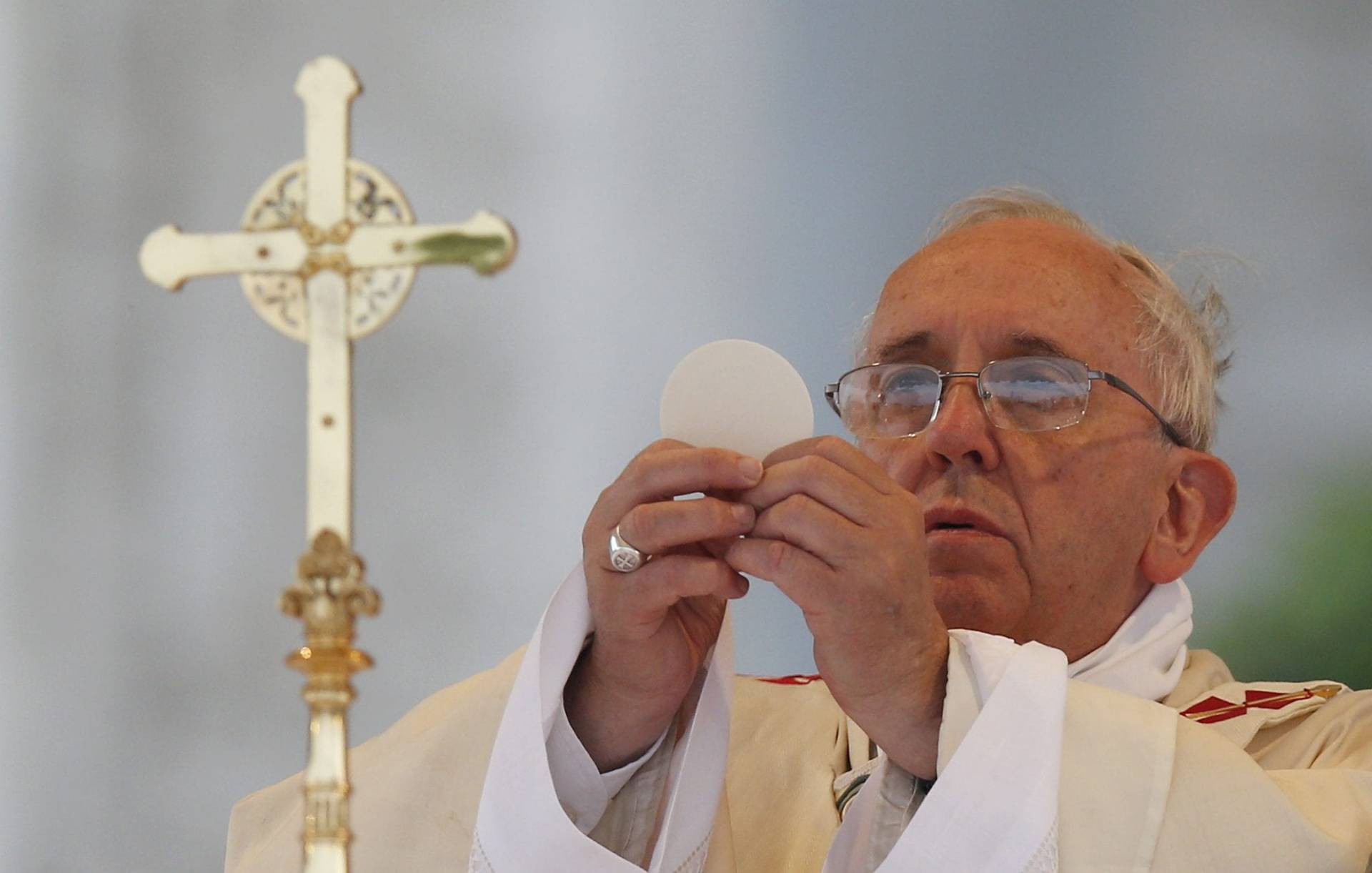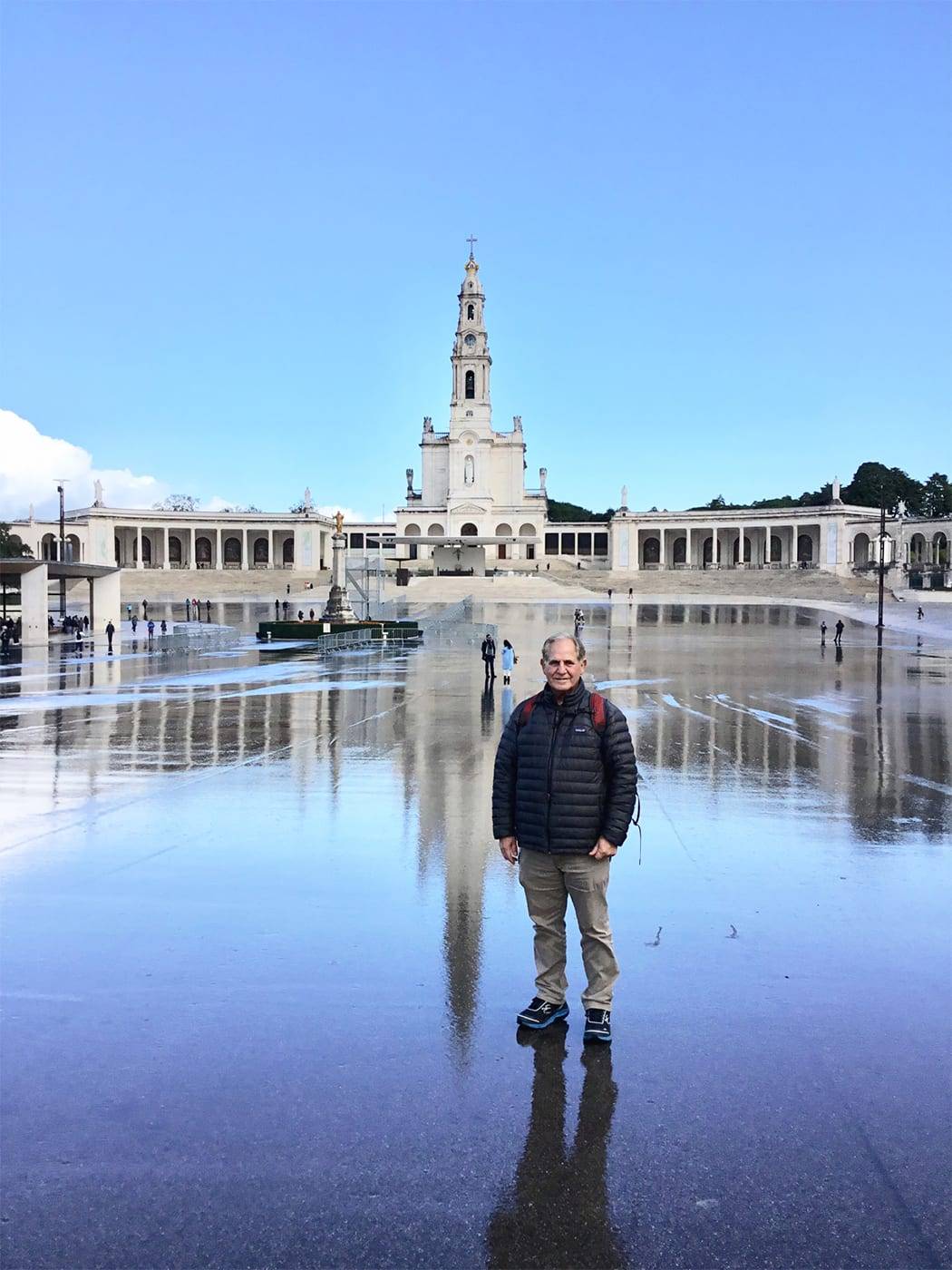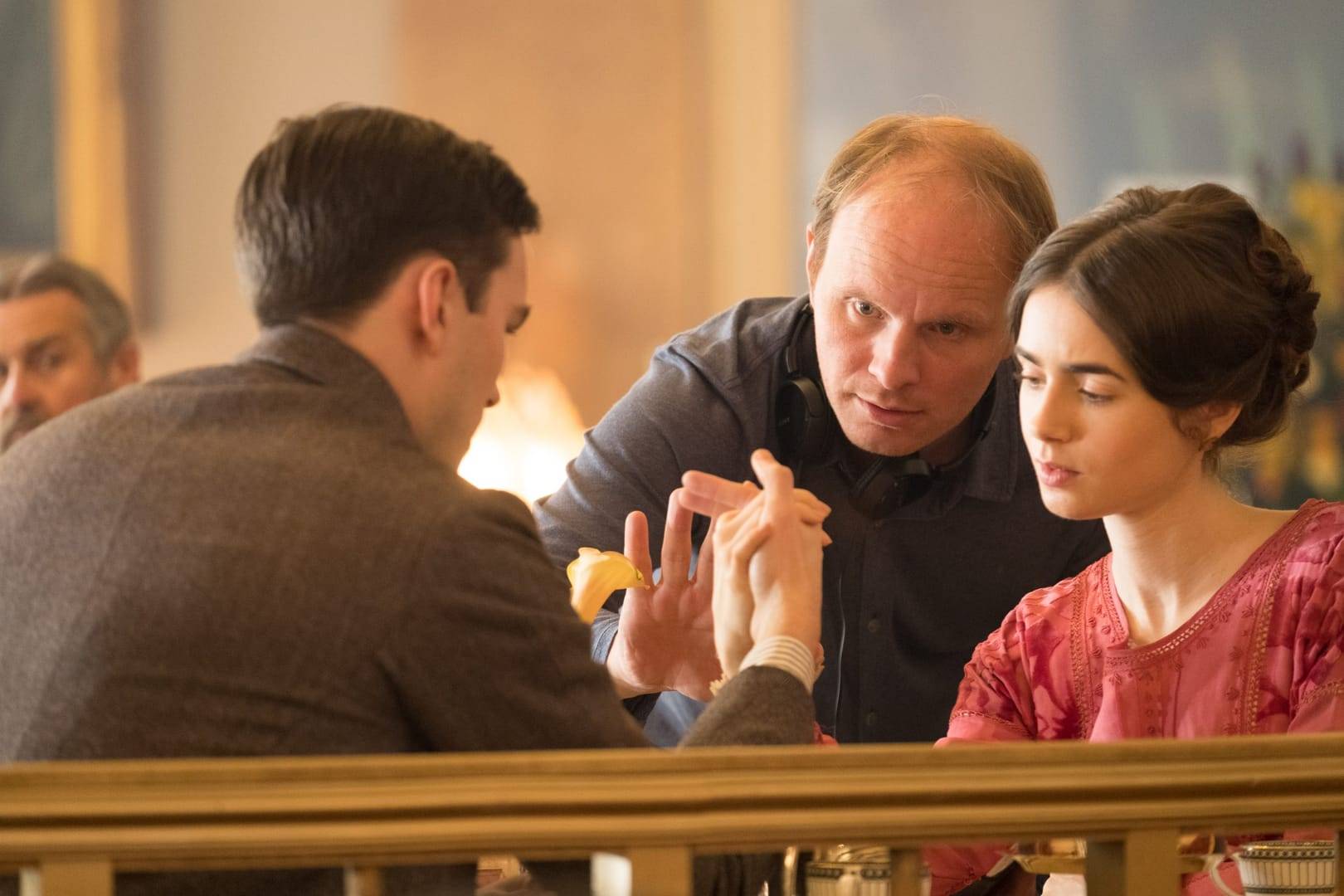Some years ago, I found myself sitting with New York Cardinal Timothy Dolan in his residence at St. Patrick’s Cathedral, talking about a growing interest we shared in reports of anti-Christian persecution around the world.
At one stage, Dolan — who has a PhD in Church history and is conscious of the power of memory — asked me, “Why don’t we Christians have our own Holocaust literature?”
By that he didn’t mean Christian reflections on the Jewish Shoah, which are already abundant. He was asking why there isn’t a similar body of writing, art, drama, music, and so on inspired by Christianity’s new martyrs.
Why, for instance, isn’t there a “Schindler’s List” about the Christians who perished in Kandhamal, India, in 2008, in the largest orgy of anti-Christian violence of the early 21st century, in that case carried out by radical Hindus? Why isn’t there a “Diary of Anne Frank” for the children of Christian converts from Islam, who are often forced to go into hiding out of fear for their lives?
In general, why don’t Christians tell the stories of their victimization in a fashion compelling enough to make the world take notice? It’s certainly not for lack of raw material, since even low-end estimates hold that a Christian is killed for reasons related to the faith somewhere in the world every two hours.
I suspect the answer is complicated, but it likely begins with the fact that Christians don’t tell these stories because, all too often, they don’t know them.
For the past four months, my colleague Inés San Martín and I have been collecting stories of new Christian martyrs. We’ve made reporting trips to El Salvador, Colombia, Egypt, India, and Nigeria, where we’ve met more than 200 victims of anti-Christian violence.
Each person we’ve encountered, in his or her own way, tells the entire tale. Here are three examples out of countless others.
Sister Meena Lalita Barwa is a Catholic nun who was serving in Kandhamal when she and a local priest, the Rev. Thomas Chellen, were dragged into the streets by frenzied Hindu radicals shouting “Kill Christians!” They attempted to force Chellen to rape Barwa, and when he refused they beat him severely. (They stopped only because they thought he was dead, but miraculously he survived.)
Barwa, the niece of Archbishop John Barwa of Cuttack-Bhubaneswar, was raped by at least one man — she can’t remember the number, as she lost consciousness during the attack – and later was paraded through the streets of the village semi-naked while the mob continued to howl.
Today Barwa is working on a law degree to fight for justice for other victims, and she takes comfort in a spiritual explanation of her ordeal.
“Because Jesus Christ wasn’t a woman, there were certain kinds of suffering he couldn’t experience in his own body in order to save the world,” she says. “I like to think I helped to complete his sacrifice.”
Chioma Dike is a Nigerian Catholic and a mother of five who lost her husband and three children in a Boko Haram bomb blast at St. Theresa’s Church in Madalla, about an hour outside the capital city of Abuja, on Christmas Day 2011.
Remarkably, she says she has no hatred for those who tore her family apart.
“I’m not angry,” she told us in late August. “I pray for God to forgive them, because they don’t know what they are doing.”
Bishop Misael Vacca Ramirez of the diocese of Duitama-Sogamoso, Colombia, was kidnapped in 2004 and held for three days by one of his country’s left-wing guerrilla movements.
A bloody civil war in Colombia has dragged on for almost 60 years, leaving an estimated 220,000 dead and more than 90,000 “disappeared.” Vacca knew he could be killed, too, joining two other bishops and 85 Colombian priests who have died.
We met at Vacca’s modest family home in Bogotá, where he began to tell his story and then abruptly stopped, seized by tears. He explained that he was thinking of all those people who died instead of making it out alive, often forgotten and alone.
“So many victims,” Vacca said. “So much pain.”
If Christians allow such stories to be forgotten, to essentially die with those who experienced them, it would be a serious failure of both solidarity and imagination.
As a step to making sure that doesn’t happen, perhaps what Christianity needs is its own version of Yad Vashem, the famed Holocaust memorial in Jerusalem. Christians, too, could benefit from a world-class center of remembrance, research, and advocacy, the mission of which would be to ensure that testimonies are collected and that the world is never allowed to forget.
The point would not be to compete with Jews or anyone else in terms of who’s suffered more, which would be a fruitless exercise. Instead, it would be to ensure that no one’s pain is ignored, including that of Christians.
The center could be jointly sponsored and administered by different denominations, which would have the side benefit of promoting deeper unity in what Pope Francis has taken to calling today’s “ecumenism of blood.”
An author of whom Dolan and I are both fond, novelist Michael Connelly, has a fictional detective named Harry Bosch whose pursuit of justice is captured in the phrase, “Everybody counts or nobody counts.”
That’s as true of Christians as anyone else, and a Christian Yad Vashem could be a powerful way of making it stick.
* * * * *
Big-picture impressions on anti-Christian persecution
Here are three big-picture impressions about anti-Christian persecution that have been reinforced often enough during the reporting on this series to represent defining elements of the story.
1. It’s striking how often religious persecution is bound up with other factors, especially poverty, ethnicity, and politics.
In Egypt, for instance, we met scores of Christians whose lives were devastated amid Muslim rage in 2013, after a government led by the fundamentalist Muslim Brotherhood was deposed and replaced with military rule.
At one level, the violence was obviously religious, in the sense that assailants often shouted Islamic slogans and demanded that their victims convert to Islam. Yet it’s equally true that the violence was stoked by politics, given the (largely accurate) perception that Egypt’s Christian minority overwhelmingly supported an army takeover.
In India, the Christian population is predominantly composed of Dalits, meaning the “untouchables” under the old caste system, and Tribals, meaning members of the country’s original peoples. Both groups tend to be poor, illiterate, and subject to appalling forms of abuse, and it can be hard to know in individual cases whether their Hindu attackers are driven more by religious or social- and caste-based hatred.
In Nigeria, one of the danger zones for Muslim/Christian violence is the northern Plateau state, where the largely Christian Berom tribe faces routine assaults by members of the predominantly Muslim Fulani. In that case, both ethnicity and economics are also factors, since the Fulani are ranchers who want the farmlands traditionally occupied by the Berom to graze their cattle.
All of this makes the point that religion is often not the only element in what’s experienced as anti-Christian persecution, and therefore strategies to aid victims have to take into account other forces that put them at risk beyond their confessional identities.
In every place we visited, one certainly can find cases of affluent and well-educated Christians who have suffered discrimination. Also in every one of those places, however, Christians are at far greater risk if they’re poor, isolated, and belong to minority ethnic and social groups.
Poverty, illiteracy, and minority status not only increase the likelihood of persecution, but they also often mean that when Christians are attacked, the brutality is much greater, and their assailants feel a sense of impunity.
2. The forms taken by anti-Christian violence today illustrate the need for a revised concept of martyrdom, one that focuses more on the motives of the victim rather than the attackers.
Traditionally, the Catholic Church has held that in order to count as martyrdom, a death had to occur in odium fidei, meaning in explicit hatred of the faith. A Christian who dies during a robbery isn’t a martyr, but one who dies after refusing to sacrifice to pagan gods or to accept the king’s authority over the church very well may be.
That standard began to evolve under Pope St. John Paul II, who recognized that in the modern world, the primary threat facing Christians often isn’t explicitly religious hatred, but rather hatred of the humanistic values and works of charity the faith inspires.
One encounters such tales over and over in surveying the contemporary landscape of anti-Christian violence.
In Colombia, for instance, we met people who told us the story of Sister Yolanda Cerón Delgado, a 43-year-old Catholic nun who defended human rights and victims of oppression in the small Colombian town of Tumaco, and who was shot dead in 2001.
Her killers didn’t really care about the Marianist nun’s belief in God, her prayer, or how often she went to Mass. What they objected to was her advocacy on behalf of indigenous and Afro-Colombian minorities, especially helping them assert their land rights against the government, paramilitaries of both left and right, and guerrilla movements alike.
Cerón’s courage was unambiguously rooted in her faith, making her every bit as much a martyr as St. Thomas Becket. Yet she probably wouldn’t be classified as such under the traditional logic, which would assign most of the weight to the motives of the people who killed Cerón rather than the reasons for which she herself lived and died.
Today, there are whole regions of the world where the mere act of conducting ordinary Christian activity – holding a worship service, for instance, or baptizing people into the faith – puts one at serious risk.
Members of the Berom tribe, for instance, told us that they’ve been forced to learn to judge by ear how far away a gunshot is while they’re in church, so they can decide whether to continue the service or shout a hurried “Amen” and run away. They keep coming to church anyway, on the basis that Boko Haram-style militants have taken away pretty much everything else from them, but they refuse to let them take their faith.
In such situations, it doesn’t really matter what the reasons for the danger are. Standing up to it on the basis of one’s faith is an act of courage rooted in religious conviction, and surely that’s the real test for martyrdom.
3. Religious persecution often isn’t an event, like a thunderstorm, but is more akin to a state of life. It’s often a constant factor in the lives of those who experience it, and the consequences linger long after an immediate flare-up fades.
For one thing, people in danger zones are forced to live with chronic fear that this could be the day something happens, and even when they’re safe for the moment, that anxiety never goes away.
For instance, the day after we interviewed a group of Berom Christians at a hotel in the Nigerian city of Jos, another attack by Islamic militants broke out not far away in a hamlet called Tanjol. Two young Berom Christians were killed, named Amos Dachung and Dachung Bayarbe.
One of the members of the group we met, a lawyer named Dalyop Solomon, passed the information along to us, explaining that absolutely everyone he knows could tick off friends and loved ones they’ve lost. Solomon himself says that since 2001, he’s lost 47 friends and a staggering 68 members of his extended family.
In the same vein, we met an Evangelical pastor named Sainath Rawte, who leads a tiny church called “Jesus for All Nations” in a village called Kev, about an hour outside Mumbai. He said he’s been beaten and assaulted multiple times by local Hindu radicals, and said everyone in his church is forced to live with the knowledge that the same thing could happen to them at any time.
When I asked Rawte if he expected to be attacked again himself, he looked at me like I wasn’t getting it.
“Of course I do,” he said. “That’s just what it means to be a Christian in a place like this.”
In addition, the physical consequences of violence are often long-lasting.
In Egypt, we met a Coptic Christian named Nabil Soliman who lost his job, his home, his pension, and all of his property in 2013 when Islamic radicals went on a rampage in his village in Upper Egypt. Today he lives with his wife and several of his children in a cramped, rundown apartment in Cairo.
Soliman is also one of roughly 10 million Egyptians infected with hepatitis C, and can no longer afford the complicated drug regimen needed to stay alive. Quite literally, he spends his days waiting to die.
When the end comes, Soliman’s death won’t appear in news reports as an act of religious persecution. Yet his death will be just as much a result of anti-Christian violence as his 21 fellow Copts beheaded by ISIS militants in Libya in February — the only difference being that in Soliman’s case, his martyrdom is slow-motion rather than instantaneous.
Over and over, we met people who have deteriorating and mostly untreated health conditions as a result of violence they suffered, as well as people living under appalling conditions in makeshift camps as refugees or internally displaced people with nothing to do and no sense of what the future may bring.
Even when someone is relatively comfortable and isn’t suffering any physical ailment, persecution can still be a chronic reality.
“Stefano,” for example, is a 30-something Syrian convert to Christianity whose family threatened to kill him for abandoning Islam. He and his wife first made their way to Lebanon and eventually arrived in Egypt. He’s applied for refugee status to the United Nations High Commission for Refugees, which assigned his case to the United States.
Stefano is presently in a legal limbo awaiting an answer; meanwhile, his Syrian passport is about to expire. His greatest fear is being deported back home, exposing both himself and his wife to lethal risk.
In many ways, Stefano is among the lucky ones. He’s well-educated and articulate, dreaming one day of translating the theological works of Hans Urs von Balthasar into Arabic. He found a sympathetic priest who connected him with a wealthy local Catholic who’s trying to guide him through the application process for refugee status, and who’s helping him out in the meantime.
Yet Stefano is becoming steadily more depressed and bitter, worrying that the best intentions of those trying to aid him won’t be enough. His greatest fear is not what that would mean for him, but for his wife and the children they hope one day to have.
One could say that Stefano is not currently experiencing persecution, in the sense that he faces no present threat to life and limb. Yet for him the agony of uncertainty is just as excruciating – in some ways, he says, even more so – than any physical hardship.
His case won’t show up on watch lists in 2015 as a victim of anti-Christian persecution, since there’s no “event” to report. In terms of the impact on his life, however, no event is required to produce fresh pain.
In that sense, persecution is almost never a one-and-done affair — yet another reason why these stories need to be told, because in countless cases such as Stefano’s, they’re far from over.















